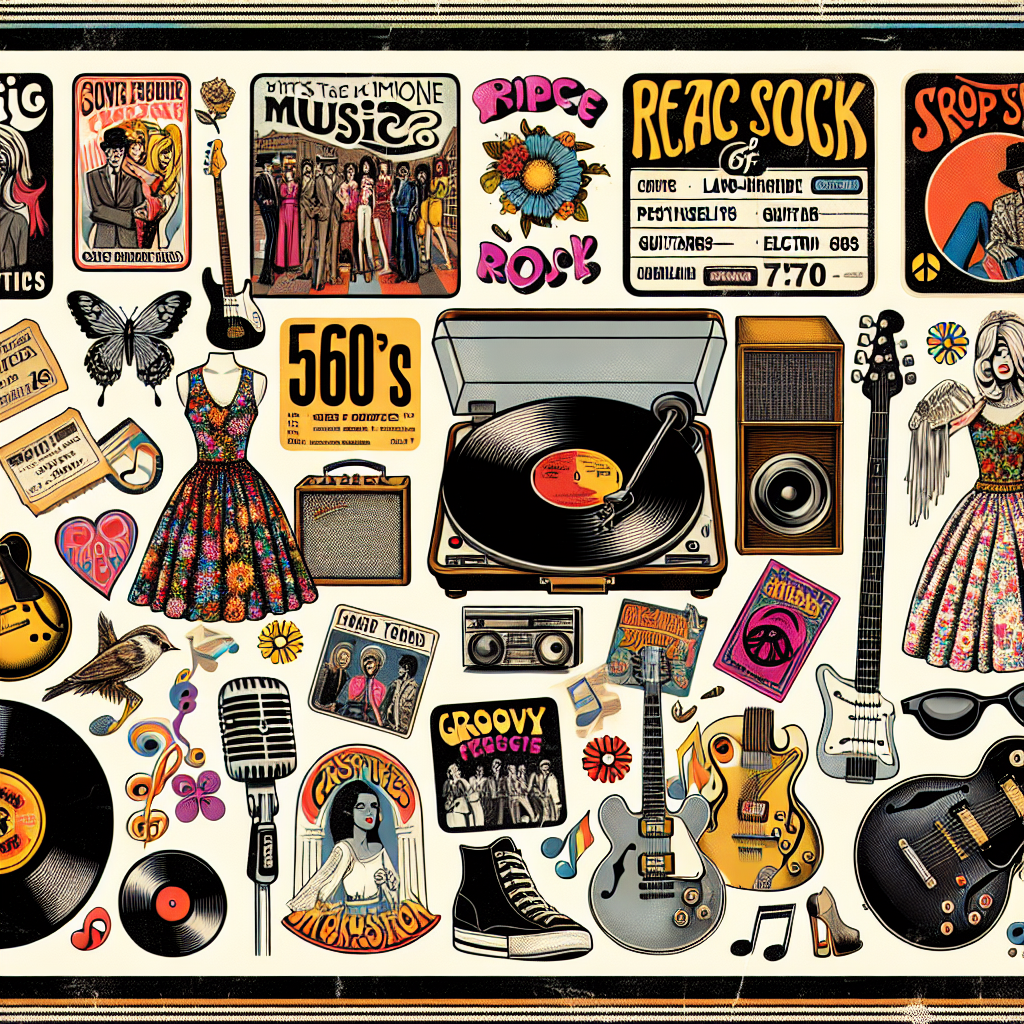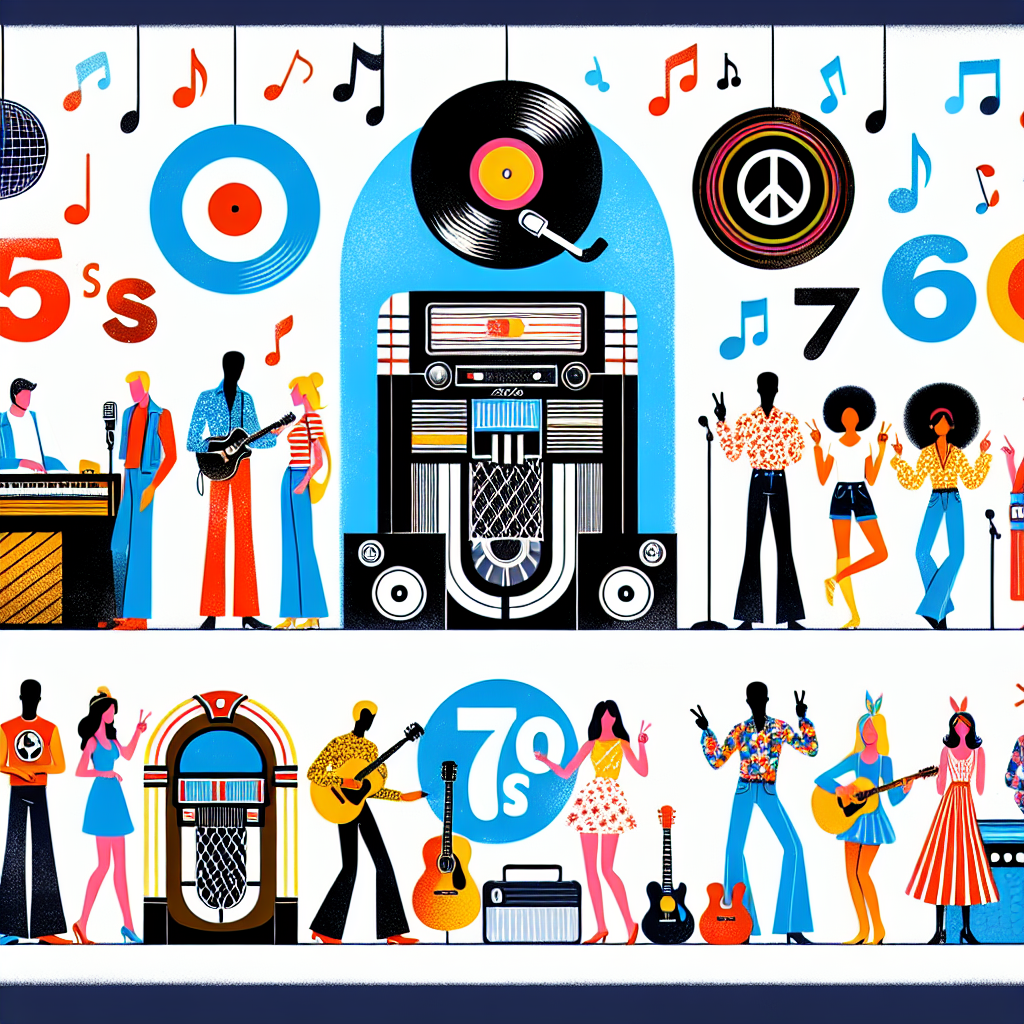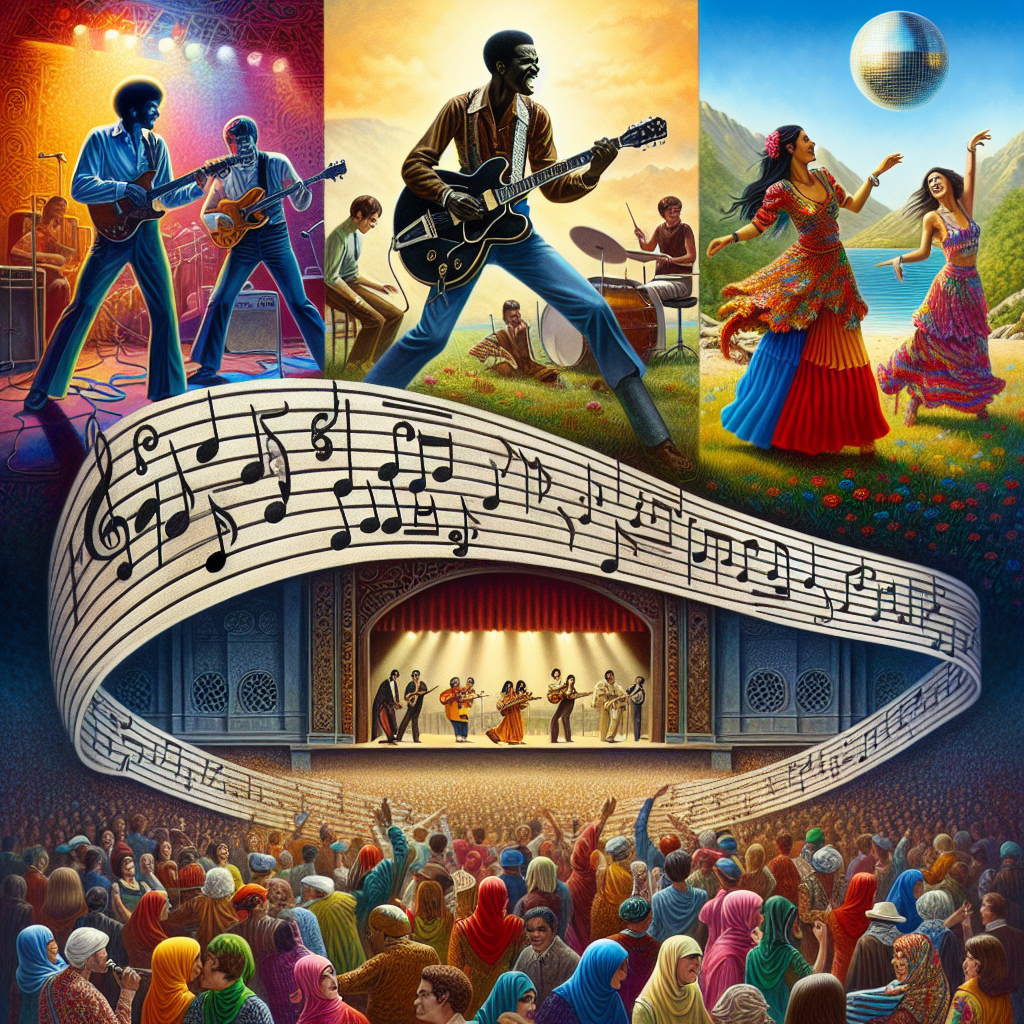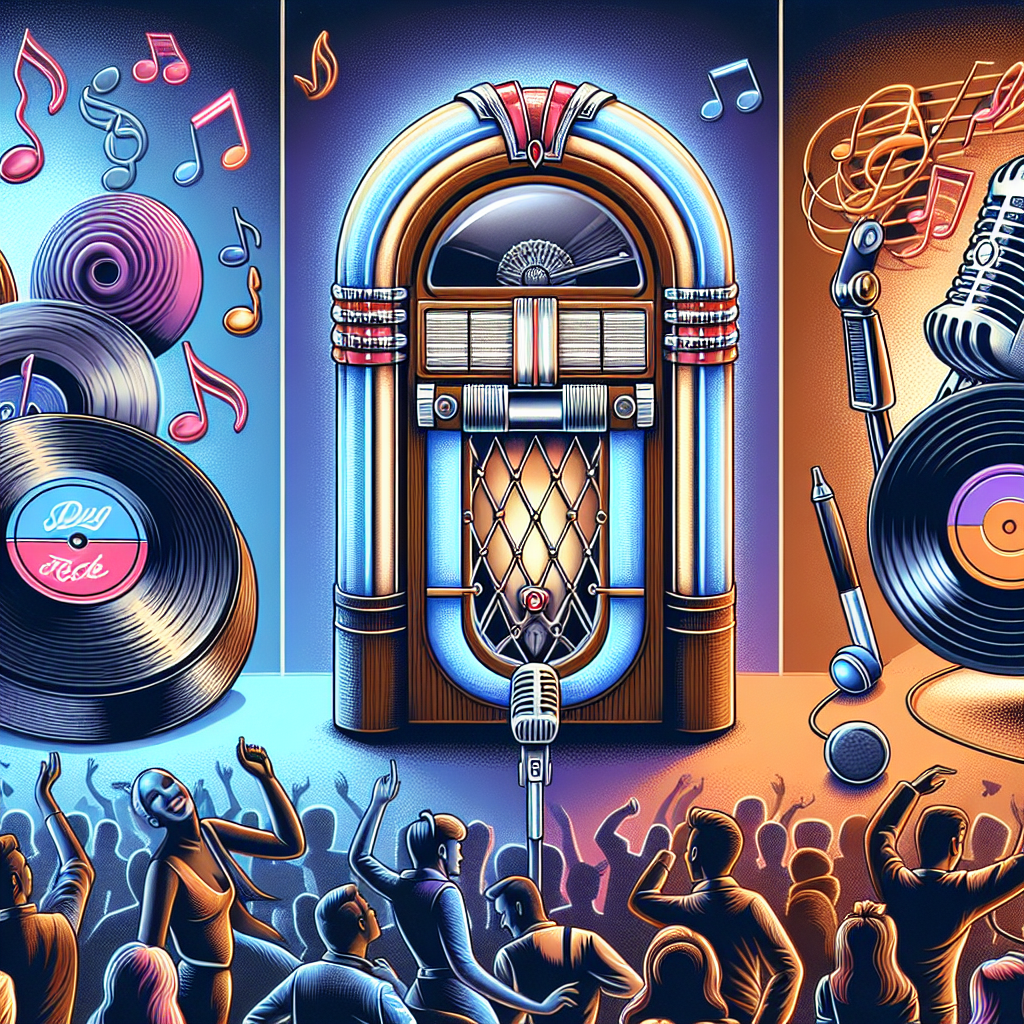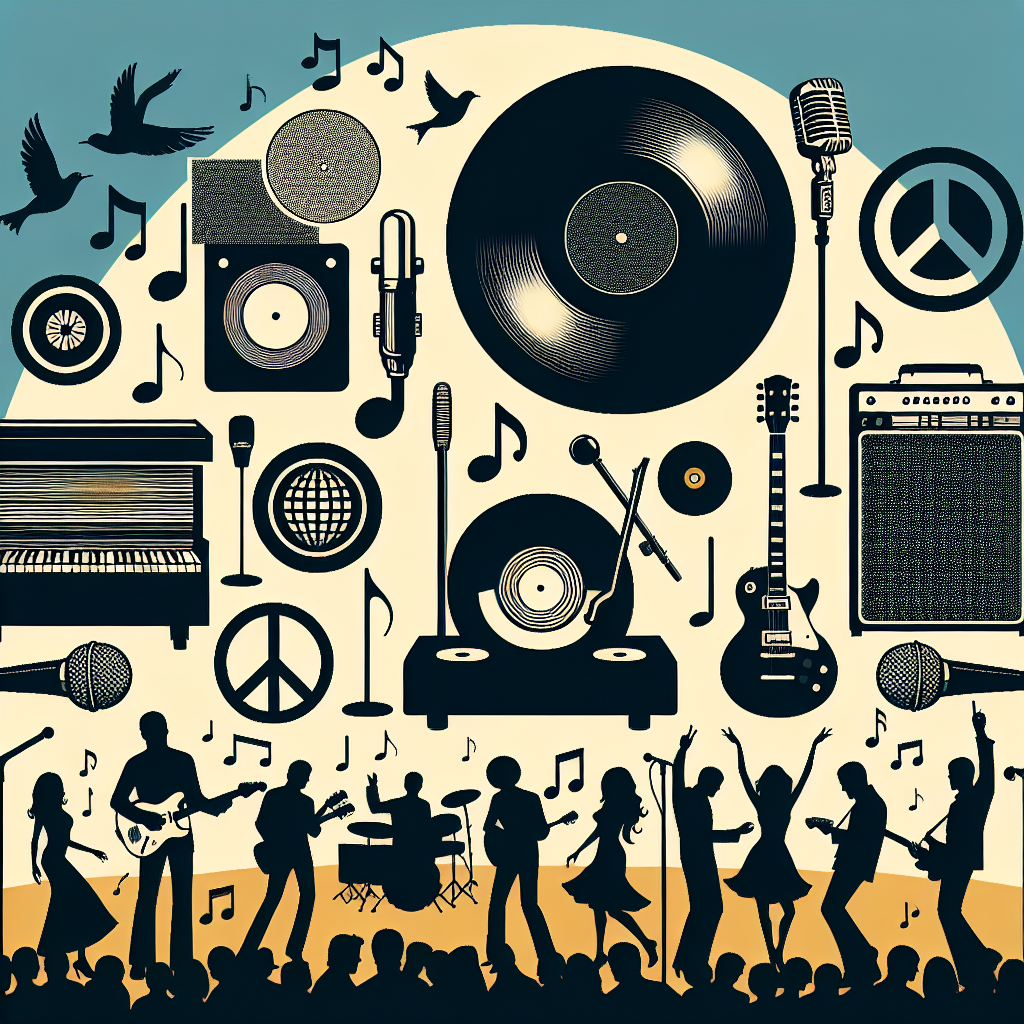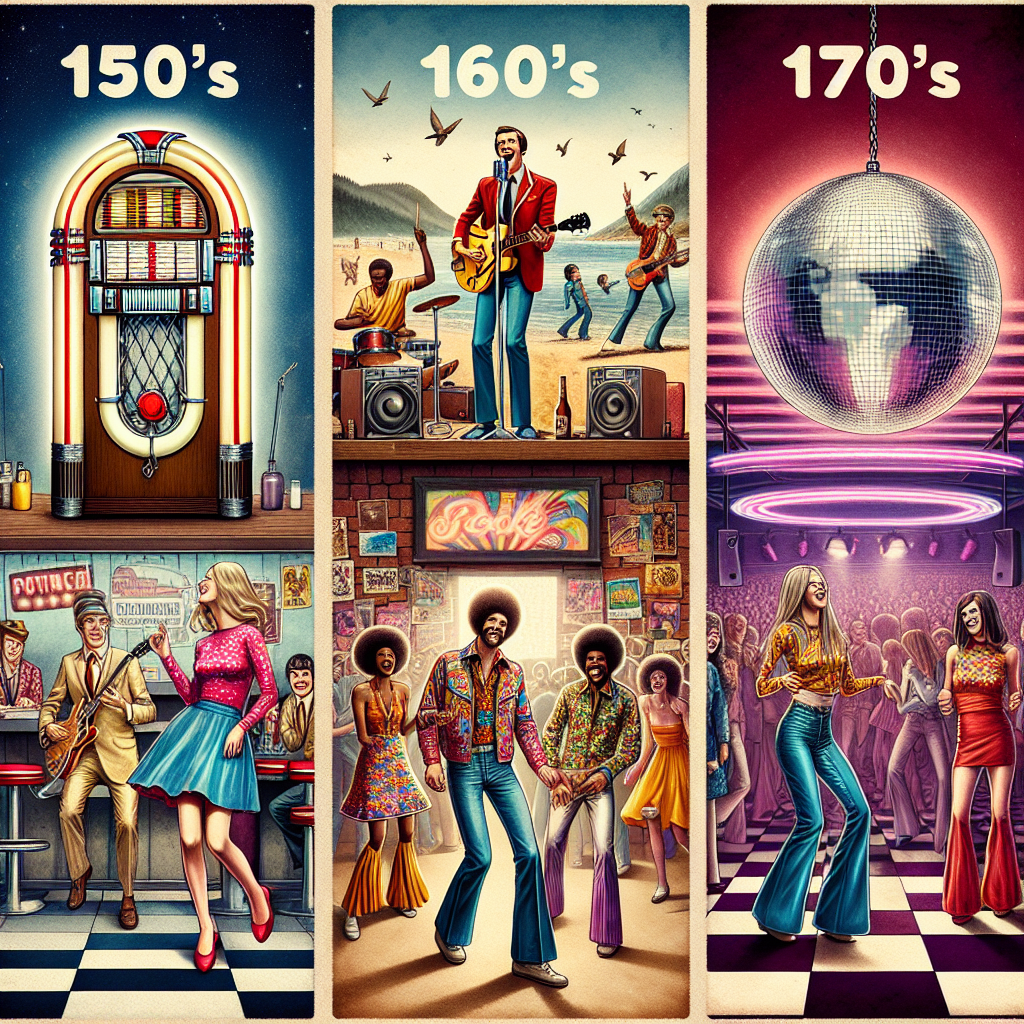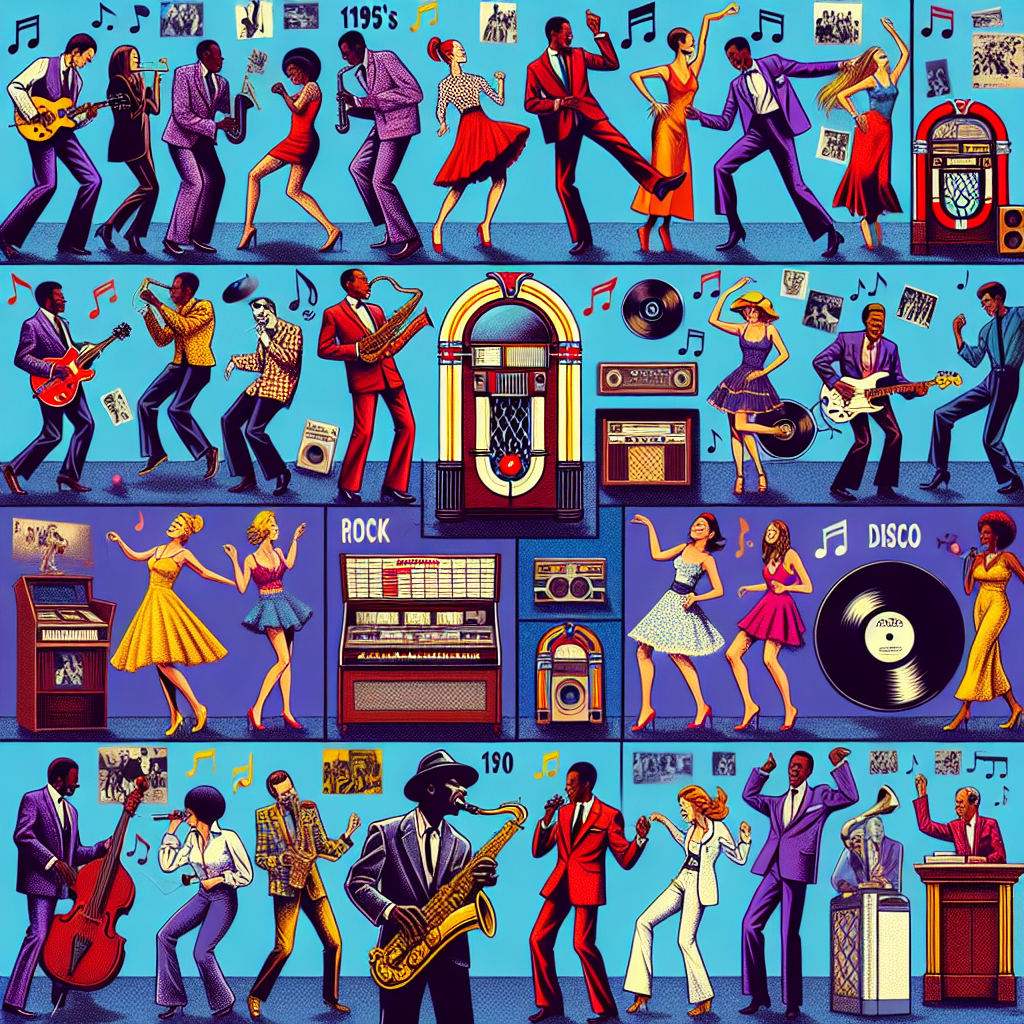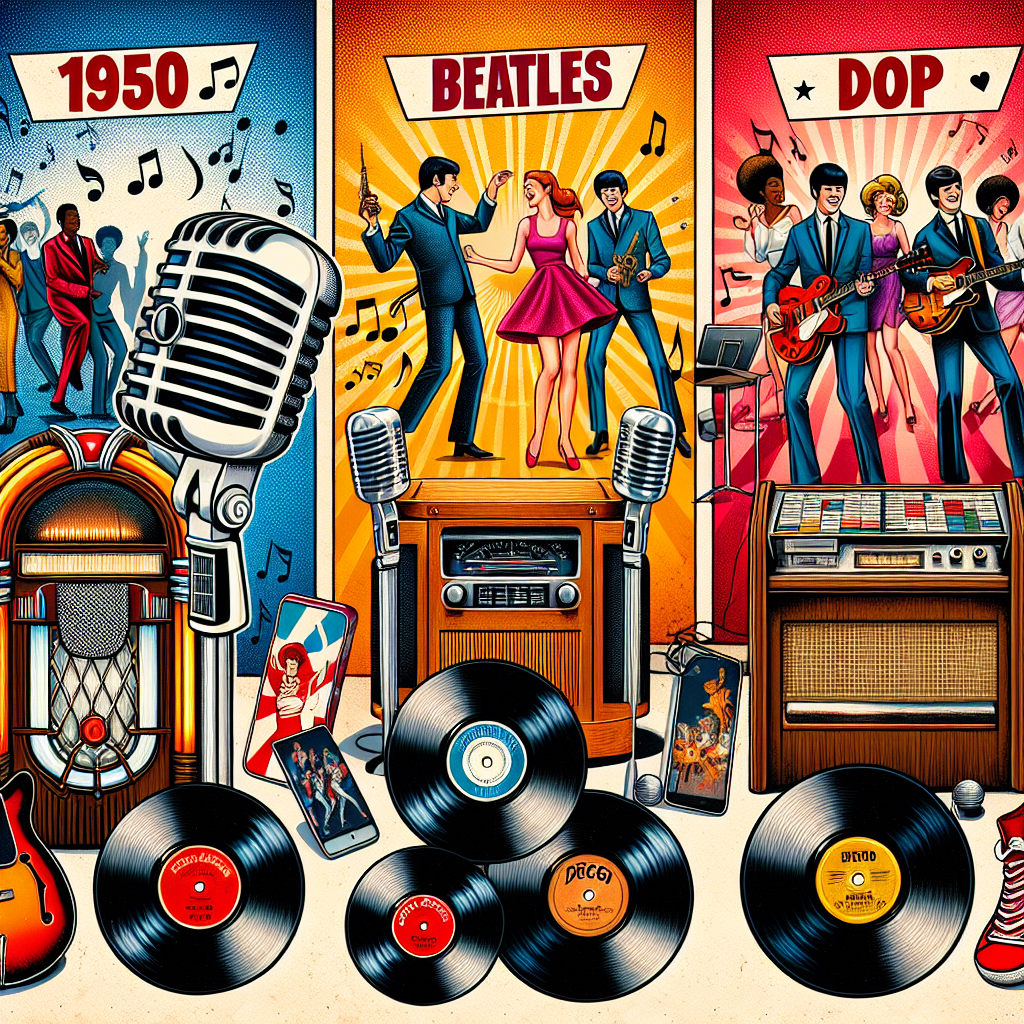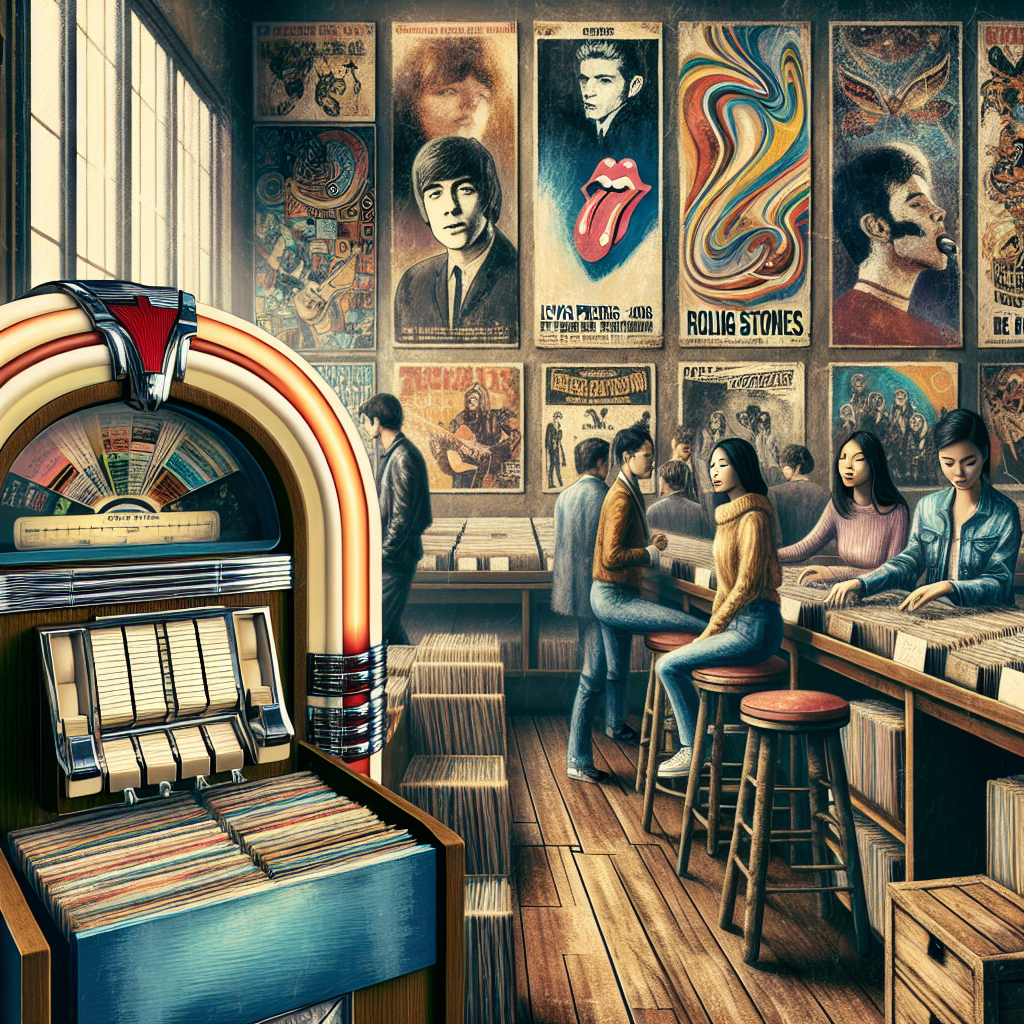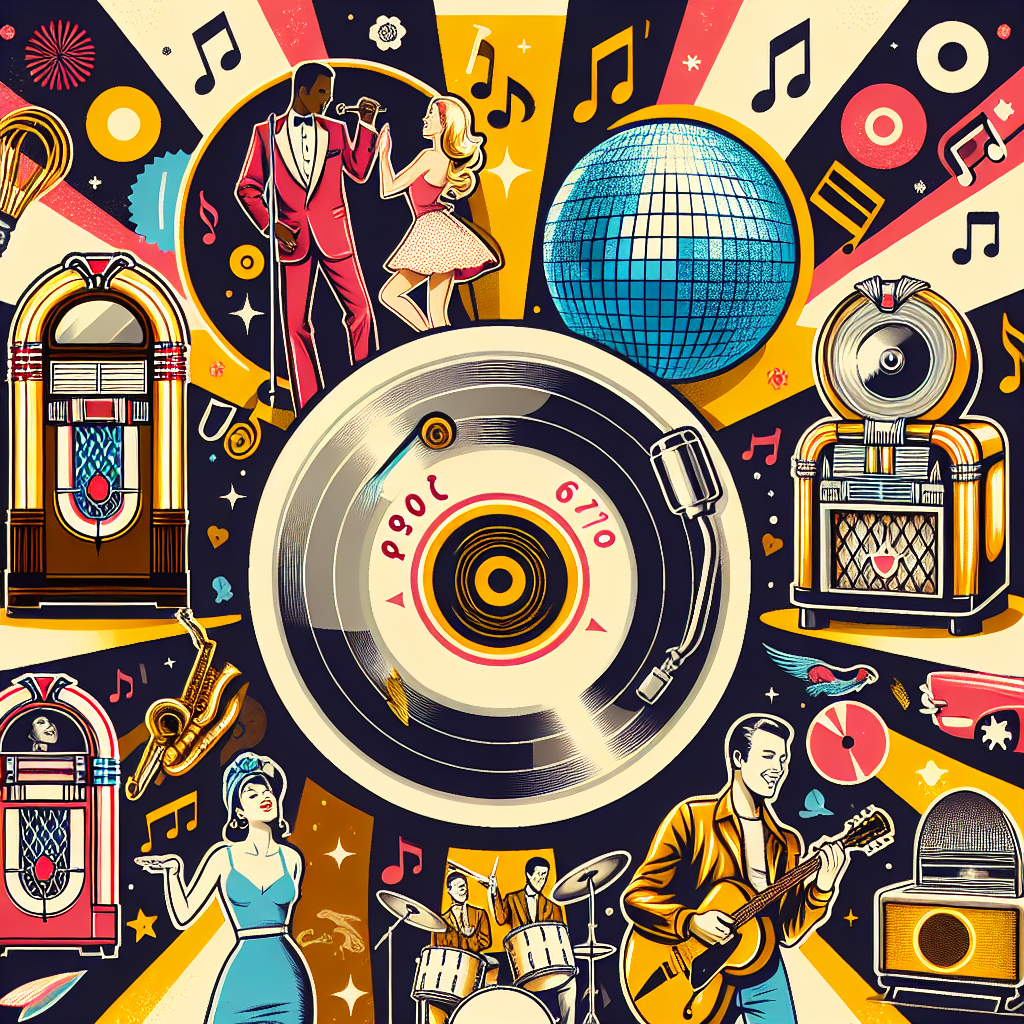Psychedelic rock emerged in the 1960s as a genre that combined traditional rock music with elements of psychedelia, a cultural movement characterized by the use of mind-altering drugs and a rejection of mainstream societal norms. This unique fusion of music, culture, and art had a profound impact on society at the time and continues to influence musicians and artists today.
The 1960s was a period of immense social and political change, with young people around the world challenging traditional values and seeking new forms of expression. Psychedelic rock provided a soundtrack to this cultural revolution, with its trippy lyrics, experimental sounds, and elaborate album artwork reflecting the spirit of the times.
Musicians like The Beatles, The Rolling Stones, Jimi Hendrix, and Pink Floyd were at the forefront of this musical movement, pushing boundaries and exploring new sonic territories. Their innovative use of studio technology, such as tape loops, distortion effects, and feedback, helped to create a sound that was unlike anything that had come before.
In addition to its musical innovations, psychedelic rock also had a significant impact on fashion and visual art. Bright colors, bold patterns, and surreal imagery became synonymous with the genre, influencing everything from album covers to clothing styles. The psychedelic aesthetic was embraced by young people looking to rebel against the conservative norms of their parents’ generation.
Politicians and other authority figures viewed psychedelic rock with suspicion, fearing that its drug-inspired lyrics and anti-establishment message would lead to social unrest. However, this only served to fuel its popularity among rebellious youth who saw it as a form of protest against an oppressive system.
Fast forward to today, and the influence of psychedelic rock can still be felt in contemporary music. Artists like Tame Impala, MGMT, and Unknown Mortal Orchestra draw inspiration from the genre’s experimental spirit and incorporate elements of psychedelia into their own work. The legacy of bands like Pink Floyd continues to loom large over modern music.
Technology has played a key role in keeping psychedelic rock alive in the digital age. Advancements in recording equipment and production techniques have made it easier for musicians to experiment with sound manipulation and create immersive listening experiences. The internet has also allowed fans to discover new music from around the world and connect with like-minded individuals who share their passion for psychedelic sounds.
In conclusion, the rise of psychedelic rock in the 1960s was a pivotal moment in music history that continues to resonate today. Its fusion of music, culture, fashion, technology has left an indelible mark on society at large. While some may view it as merely a relic of the past, others see it as a timeless source of inspiration that will continue to shape artistic expression for generations to come.
